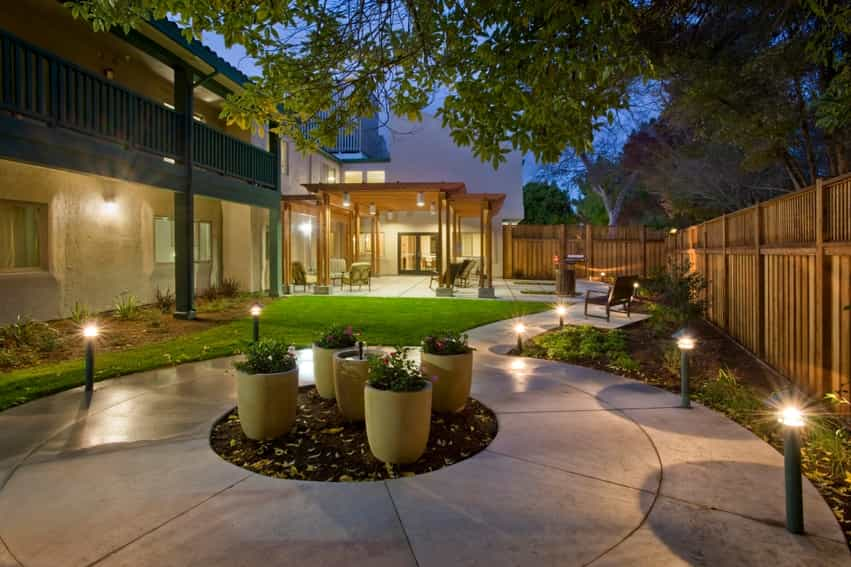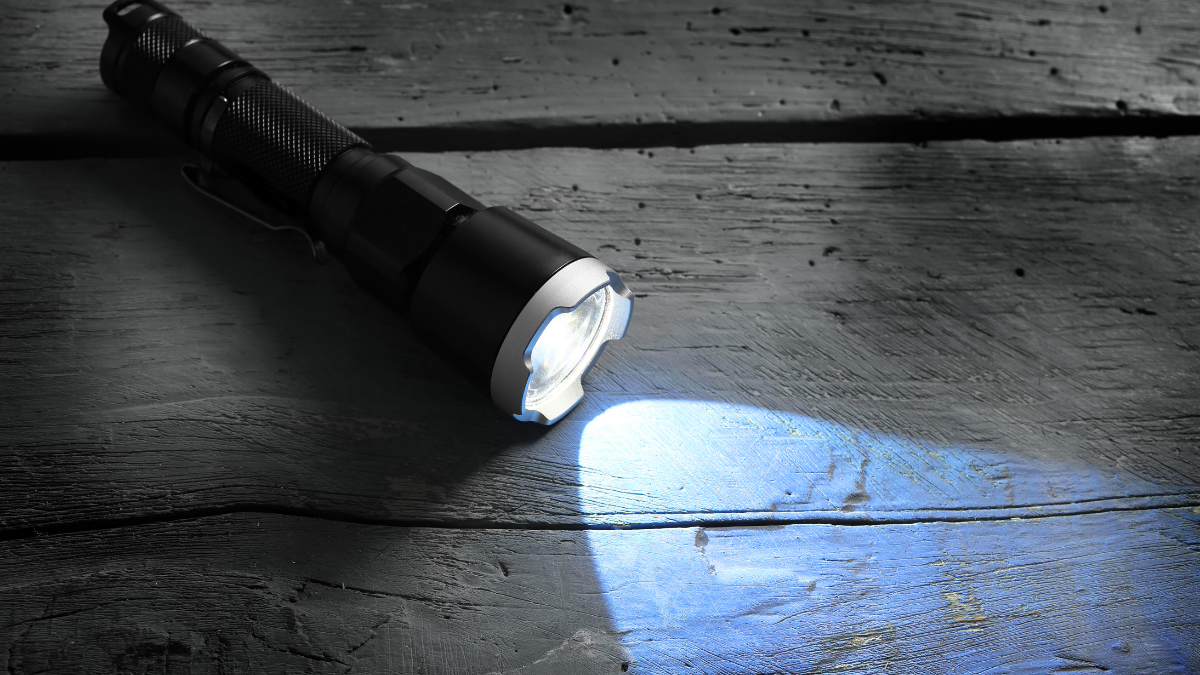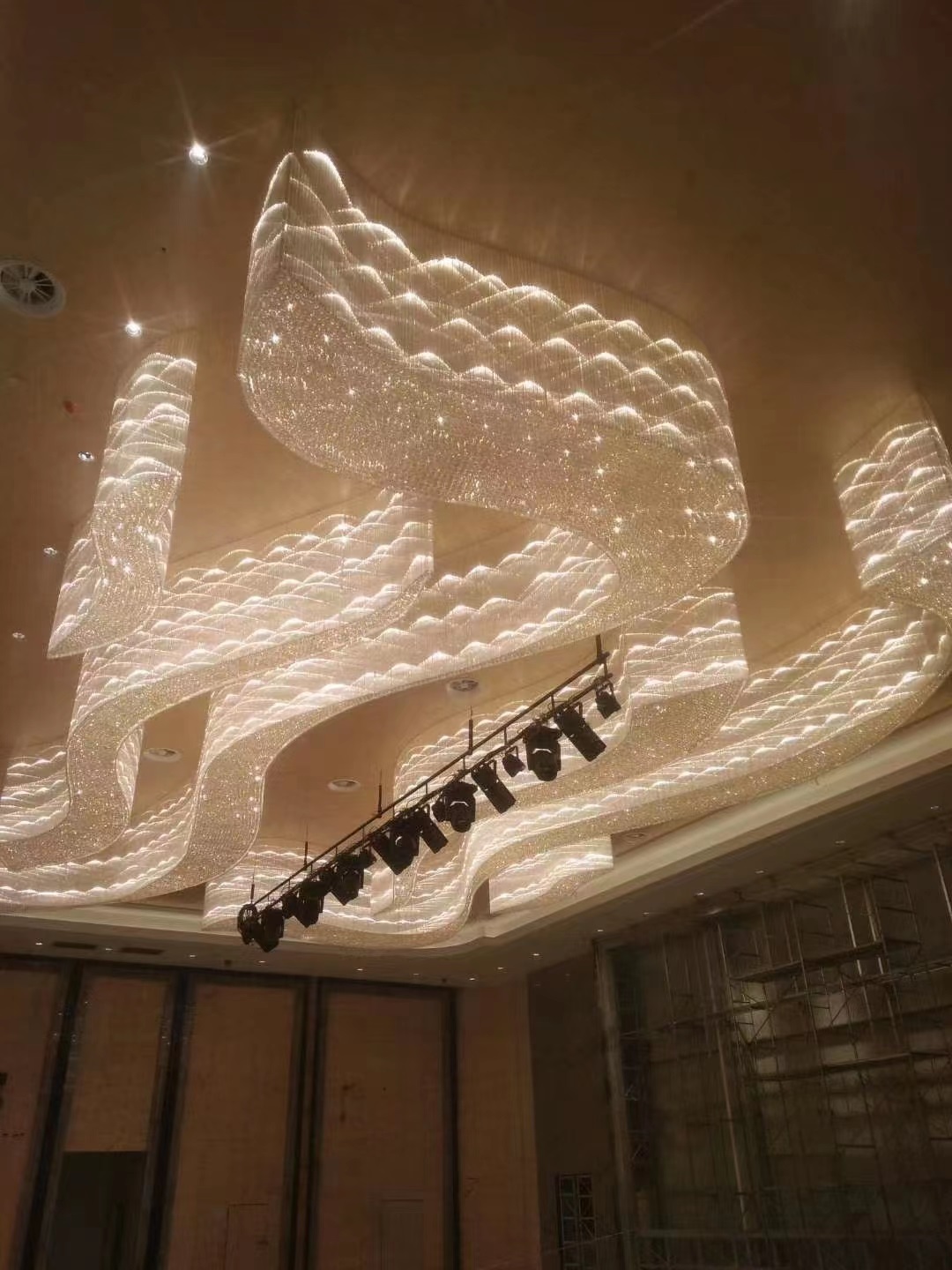“Illuminating Your Space: A Comprehensive Guide to Lighting in Decor
Artikel Terkait Illuminating Your Space: A Comprehensive Guide to Lighting in Decor
- Crafting A Dreamscape: A Comprehensive Guide To Baby Nursery Decor
- Ride The Wave: Embracing The Fluid Charm Of Wavy Decor
- Breathing New Life Into Your Home: Creative Recycled Decor Ideas
- From Blank Canvas To Cozy Home: A Comprehensive Guide To Decorating Your First House
- Level Up Your Lair: A Guide To Creating The Ultimate Bachelor Pad
Table of Content
Video tentang Illuminating Your Space: A Comprehensive Guide to Lighting in Decor
Illuminating Your Space: A Comprehensive Guide to Lighting in Decor
Lighting is more than just a functional necessity; it’s a powerful tool that can dramatically transform the ambiance, mood, and functionality of any space. From the soft glow of candlelight to the bright efficiency of LED fixtures, lighting plays a crucial role in interior design, influencing how we perceive color, texture, and overall atmosphere. Understanding the principles of lighting design and incorporating them thoughtfully can elevate your decor from ordinary to extraordinary.
This comprehensive guide will explore the different types of lighting, their specific applications, and how to effectively integrate them into your home decor to create a visually appealing and functional environment.
The Three Layers of Lighting:
Effective lighting design typically incorporates three key layers, each serving a distinct purpose:
Ambient Lighting (General Lighting): This layer provides overall illumination to a room, creating a base level of light that allows you to see and move around comfortably. Think of it as the foundation upon which other lighting layers are built.
- Sources: Chandeliers, recessed lighting, flush-mounted fixtures, pendant lights, and even large table lamps can contribute to ambient lighting.
- Considerations: Aim for a soft, even distribution of light to avoid harsh shadows. Dimmers are highly recommended to adjust the intensity and create a more relaxed atmosphere when needed.

Task Lighting: This layer provides focused illumination for specific activities, such as reading, cooking, or working. It’s essential for improving visibility and reducing eye strain.
- Sources: Desk lamps, under-cabinet lighting, reading lamps, and adjustable spotlights are common task lighting solutions.
- Considerations: Position task lighting carefully to minimize glare and shadows. Choose bulbs with appropriate color temperatures for the specific task – cooler tones for focused work and warmer tones for more relaxed activities.


Accent Lighting (Highlighting Lighting): This layer is used to draw attention to specific features or objects in a room, such as artwork, architectural details, or decorative elements. It adds depth, dimension, and visual interest.
- Sources: Track lighting, spotlights, wall sconces, picture lights, and even strategically placed uplights can be used for accent lighting.
- Considerations: Focus on highlighting the texture, shape, and color of the object you’re illuminating. Use different beam angles to create varying levels of drama.
Types of Light Fixtures and Their Applications:
Understanding the different types of light fixtures and their characteristics is crucial for selecting the right options for your space.
Chandeliers: These decorative fixtures are typically suspended from the ceiling and provide both ambient and accent lighting. They are often used in dining rooms, living rooms, and entryways to add a touch of elegance and grandeur.
Pendant Lights: Similar to chandeliers, pendant lights are suspended from the ceiling but are typically smaller and more focused. They are ideal for illuminating kitchen islands, dining tables, and bedside tables.
Recessed Lighting: These fixtures are installed flush with the ceiling and provide a clean, minimalist look. They are often used for ambient lighting in kitchens, bathrooms, and hallways.
Track Lighting: This versatile system allows you to position multiple light heads along a track, providing both ambient and accent lighting. It’s ideal for highlighting artwork, architectural features, or creating a flexible lighting solution in a living room or studio.
Wall Sconces: These fixtures are mounted on the wall and provide both ambient and accent lighting. They are often used in hallways, bedrooms, and bathrooms to add a touch of warmth and sophistication.
Table Lamps: These portable fixtures provide task and accent lighting. They are ideal for bedside tables, desks, and living room side tables, adding a cozy and inviting atmosphere.
Floor Lamps: Similar to table lamps, floor lamps provide task and accent lighting but are taller and can be placed anywhere in a room. They are often used in living rooms and bedrooms to add a touch of height and illumination.
Under-Cabinet Lighting: These fixtures are installed under kitchen cabinets and provide task lighting for countertops. They are essential for improving visibility while cooking and preparing food.
Choosing the Right Light Bulbs:
The type of light bulb you choose can significantly impact the overall look and feel of your space. Consider the following factors:
Light Output (Lumens): Lumens measure the brightness of a light bulb. Higher lumens indicate a brighter light.
Color Temperature (Kelvin): Kelvin measures the color of the light emitted by a bulb. Lower Kelvin values (2700K-3000K) produce a warm, yellowish light, while higher Kelvin values (4000K-5000K) produce a cool, bluish light. Warm light is generally preferred for living rooms and bedrooms, while cool light is better for kitchens and offices.
Energy Efficiency (Wattage): Wattage measures the amount of energy a light bulb consumes. LEDs are the most energy-efficient option, followed by CFLs and then incandescent bulbs.
Bulb Shape and Size: Choose bulbs that are compatible with your light fixtures and that provide the desired aesthetic.
Tips for Effective Lighting Design:
Plan Your Lighting Scheme: Before you start buying fixtures, create a lighting plan that considers the function of each room, the architectural features you want to highlight, and the overall ambiance you want to achieve.
Layer Your Lighting: Incorporate all three layers of lighting – ambient, task, and accent – to create a well-balanced and visually appealing space.
Consider the Color Temperature: Choose light bulbs with appropriate color temperatures for each room. Warm light is generally preferred for relaxing spaces, while cool light is better for work areas.
Use Dimmers: Install dimmers on your ambient lighting fixtures to adjust the intensity and create different moods.
Maximize Natural Light: Take advantage of natural light whenever possible. Use sheer curtains to diffuse sunlight and position furniture to maximize natural light penetration.
Pay Attention to Placement: Carefully consider the placement of your light fixtures to avoid glare and shadows.
Don’t Be Afraid to Experiment: Lighting is a personal preference, so don’t be afraid to experiment with different fixtures and bulbs to find what works best for your space.
Consider Smart Lighting: Smart lighting systems allow you to control your lights remotely, set schedules, and even change the color temperature with your smartphone.
FAQ about Lighting in Decor:
Q: How many lumens do I need for a living room?
A: A general rule of thumb is to aim for 10-20 lumens per square foot for ambient lighting in a living room. So, for a 200 square foot living room, you would need 2000-4000 lumens. However, this is just a guideline, and the actual amount of light you need will depend on your personal preferences and the specific characteristics of your space.
Q: What is the best color temperature for a bedroom?
A: Warm light (2700K-3000K) is generally preferred for bedrooms as it creates a relaxing and cozy atmosphere.
Q: How do I choose the right size chandelier for my dining room?
A: A good rule of thumb is to add the length and width of your dining room together in feet. The resulting number, when converted to inches, will give you the ideal diameter for your chandelier. For example, if your dining room is 12 feet long and 10 feet wide, the ideal chandelier diameter would be 22 inches.
Q: What is the best way to highlight artwork with lighting?
A: Use track lighting, spotlights, or picture lights to highlight artwork. Position the light fixture at a 30-degree angle to the artwork to minimize glare.
Q: How can I save energy with lighting?
A: Switch to LED bulbs, use dimmers, and turn off lights when you leave a room.
Conclusion:
Lighting is an integral part of interior design, influencing the mood, functionality, and overall aesthetic of your space. By understanding the different types of lighting, their applications, and the principles of effective lighting design, you can create a visually appealing and functional environment that enhances your home decor. Don’t be afraid to experiment and personalize your lighting scheme to reflect your unique style and preferences. With careful planning and thoughtful execution, you can transform your space into a well-lit and inviting haven.




